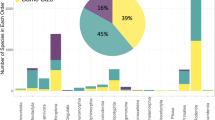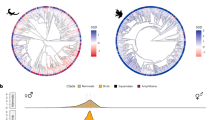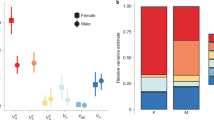Abstract
There are large variations of size among humans but in all populations, men are larger on average than women. For most biologists this fact can be easily explained by the same processes that explain the size dimorphism in large mammals in general and in apes in particular. Due to fights between males for the possession of females, sexual selection has favoured bigger males. Indeed, this factor certainly explains why males are selected for being large but lets aside the question of selection on the female side. Actually, it has been shown that larger females are also favoured by natural selection. This is particularly relevant for women because their probability of dying when giving birth is then reduced. In this paper, the common view that size dimorphism in humans results from the fact that the advantage of being big is stronger for men than for women is challenged by another hypothesis, namely that the difference results from a difference of cost rather than from a difference of benefits. The cost of being big would be higher in women simply because, under gender hierarchical regimes found in all cultures, men are allocated the best food. The interaction between evolutionary forces and cultural practices could then lead to this disadaptive situation.
Similar content being viewed by others
Article PDF
Author information
Authors and Affiliations
Corresponding author
Rights and permissions
About this article
Cite this article
Touraille, P., Gouyon, PH. Why are women smaller than men? When anthropology meets evolutionary biology. Nat Prec (2008). https://doi.org/10.1038/npre.2008.1832.1
Received:
Accepted:
Published:
DOI: https://doi.org/10.1038/npre.2008.1832.1



